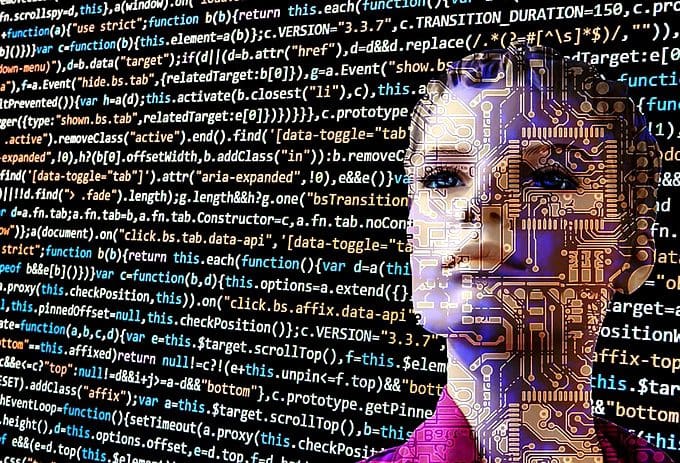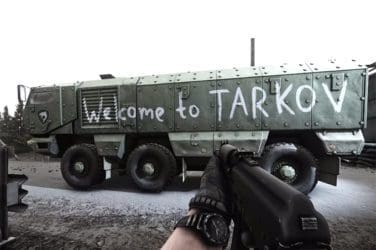words Alex Wang
In the year 2020, it may seem natural to receive a meaningful translation from Google Translator, when some of us can still remember the times when it required correction every time you tried to translate more than three words altogether. This is the example of changes we tend to overlook as unpretentious users, but there is a lot of hard work behind them.
While processing data, the neural network doesn’t just follow some algorithm but finds ways of solving the problems and, in fact, learns to solve them. And the more tasks it solves, the better it copes with them. This similarity with a principle of human brain functioning is the reason to name neural networks an artificial intelligence (AI).
Since it sounds so good, is it possible we’re looking at the future of the translation?

Implemented Tools
Modern translators actively use electronic dictionaries and special software to automate and optimize the process of translating. For example, they use internet sources for professional communication and searching for information of linguistic nature in specialized areas.
Machine learning has already changed the way translators work. Most companies demand using Computer-Assisted Translation (CAT) tools. Many of their workers use them to ensure fast, consistent, and accurate translations, as well as quality checks, to get the highest score. Companies are also encouraging employees to get certified in AI Courses and get a clear understanding of its algorithms and tools. Such systems are particularly useful in translation areas with a high frequency of repetitions, for example, in financial, technical, or legal texts.
With Translation Memory software, translators can use previously completed translations to avoid re-translating identical or similar fragments of text, plus, to keep everything consistent. Translators can now rely not only on their memory but also on the stored translation collective experience.
While those programs still are moderated by people and are created rather to improve their productivity than to replace them, Machine Translation performs the task mostly by itself.
Also, using voice transcription software to convey audio information into text has become a usual thing for some translators. It helps reduce the amount of time spent in front of the computer screen and increases the translator’s work speed, who no longer has to type every translated fragment with his own hands. The next step in development of this area is video transcription services, where some of them already can provide a real-time conversation with a related translation.
Teamwork
Because the purpose of using such programs is to speed up the translation process and improve its quality, it is unlikely that people of this profession will be replaced by machines. The optimal way is to cooperate with them to conquer new heights together.
It is critical for a specialist not to resist introducing new technologies to the working process but to perceive every new tool as a different experience. Dig into innovations or find yourself a direction where you would like to improve your skills. Keeping in mind that those tools were created so translators could delegate some tedious or repetitive parts of their job brings us to the conclusion that machines will always need human moderation. A touch of a human’s hand is still essential for a translation to have not to become just a dry pile of related words.
One of the most critical features that new translation solutions now offer is working in a team. CAT is being transformed from a translation tool into an entire translating environment. The use of CAT tools also allows multiple translators to work on a common project simultaneously, performing a consistent translation in terms of terminology and style.
The human mind is the whole universe where the language is its extension, and we have thousands of them. Add to this the author’s written attitude to what is written: emotions, irony, sarcasm, humor, and other shades of mood. As a result, the number of options tends to infinity. Even the most modern computer translation systems can not fully understand a person and replace a live translator, mostly if we talk about translations of fiction or poetry.
But they surely will improve.
Conclusion
Working as a translator in the modern world is becoming a market-oriented professional activity, which requires common standards for quality assurance and performing translations in a short amount of time. As a result, the turnover of the translation industry has increased significantly.
The key to adapting to these changes is to be open to cooperate with machines. A modern translator must be up to date with all available tools and continue implementing the innovations in their professional life. If the speed of development of these tools will only increase, it is still unlikely that translators will become extinct in their professional meaning. Yet, they may somehow re-qualify for copy editing.









